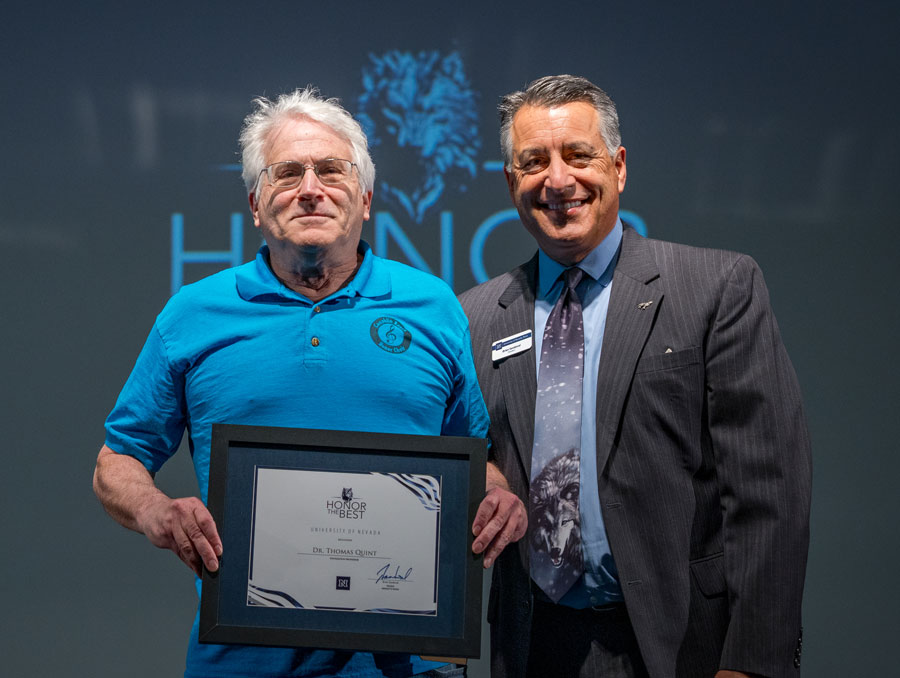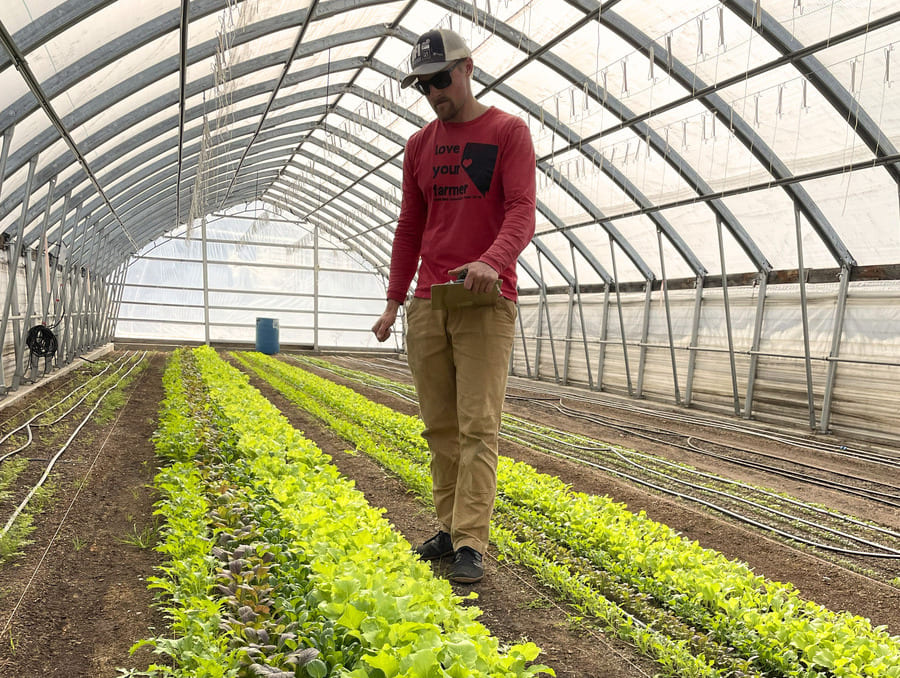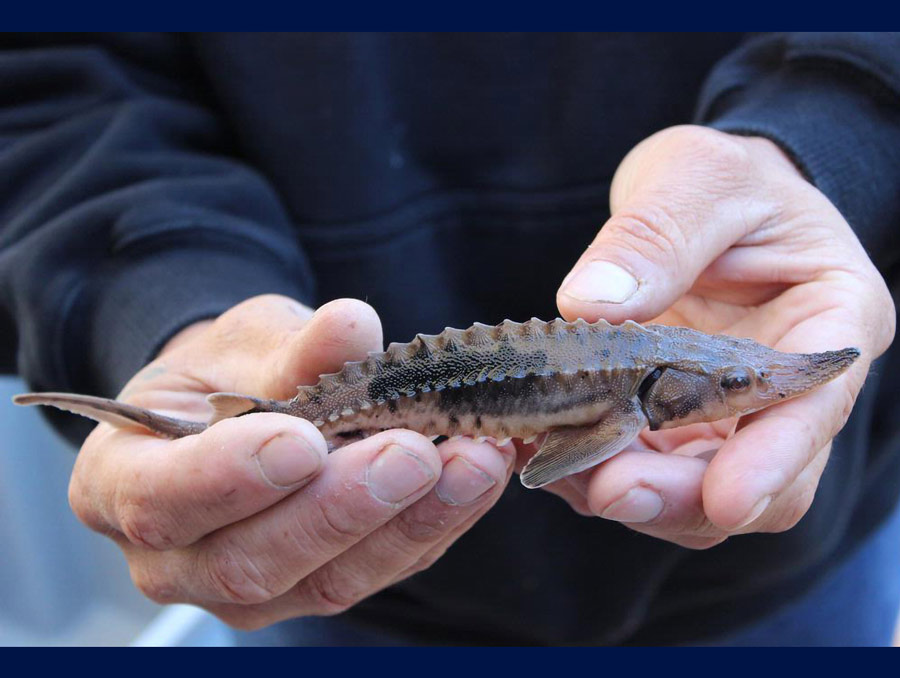With some hesitation at first, the sixth graders reached out and touched the human brain, a real human brain. It was part of the University of Nevada, Reno and the University of Nevada School of Medicine outreach program as part of National Brain Awareness Week.
The week of presentations began at Clayton Middle School Monday, where University of Nevada faculty members introduced 40 middle school students to the brain, and how it works, in a hands-on opportunity to get to know the three-pound bundle of neurons.
The informal, interactive and audience-driven demonstrations run through Friday with presentations at other schools and several Washoe County libraries. The University team will also present at a school in Truckee, Calif. The presentations are free.
"This is a great opportunity for students to really find out about the human brain," Amy Altick, postdoctoral scholar in the University of Nevada School of Medicine's Physiology and Cell Biology Department, said. "We aren't giving lectures; we're making this fun with games and the chance to handle a real human brain. Most kids love it.
"Our goal is to provide basic information or even not-so-basic information about the brain, how it works, the focus of current research and what is going on at the University regarding neuroscience."
Students and community members will have a chance this week to see and touch the real human brains, three of them, and inspect several mouse, sheep and fly brains - and various other materials - as part of presentations by neuroscience faculty and students from the University. The faculty presenters are members of the Sierra Nevada Chapter of the Society for Neuroscience based at the University.
The University has a strong and popular neuroscience program, with 2,200 undergraduate students scattered throughout several disciplines, including biology, biomedicine, psychology, physiology and biotechnology.











